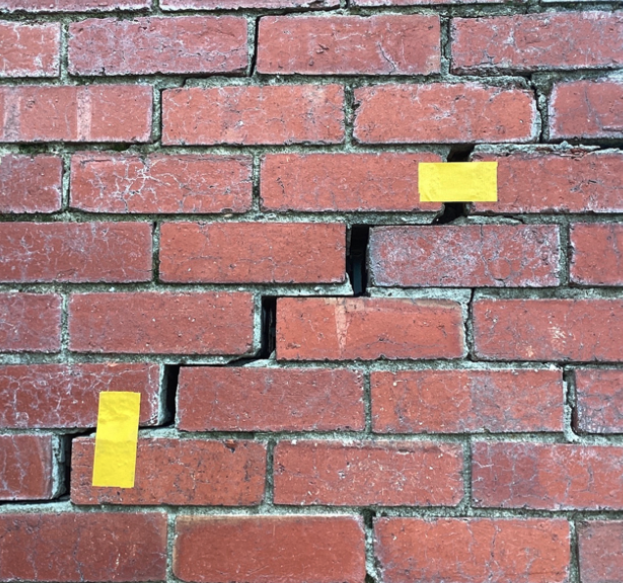Foundation Levelling
Foundation levelling is a crucial process that restores a building’s foundation to a stable, level position. Over time, a foundation can settle or shift due to various factors, leading to structural issues that may compromise the safety and value of a home or building. If left unaddressed, foundation problems can worsen, resulting in costly repairs and potential safety hazards. This guide will cover the causes of foundation settling, common signs of foundation problems, different leveling techniques, and preventive measures to maintain a strong foundation.
Causes of Foundation Settling
Soil Movement and Expansion
- Expansive clay soils absorb moisture and swell during wet conditions, then shrink when they dry out, causing the foundation to move.
- Loose or poorly compacted soil can shift under the weight of a home, leading to uneven settling.
Poor Drainage Around the Foundation
- If water pools near the foundation due to inadequate drainage, it can weaken the soil and cause erosion.
- Improperly placed downspouts or lack of gutters can contribute to excess moisture buildup.
Improper Soil Preparation
- Before construction, the ground should be compacted properly to provide a stable base for the foundation.
- If this step is skipped or done incorrectly, the foundation may sink or shift over time.
Tree Roots and Vegetation
- Large trees near the foundation can absorb moisture from the soil, causing it to shrink and create voids under the foundation.
- Some tree roots can also exert pressure on the foundation itself, leading to structural issues.
Plumbing Leaks Beneath the Foundation
Undetected leaks in underground plumbing can cause soil to become overly saturated, leading to soil erosion and foundation movement.
Natural Disasters and Environmental Factors
- Earthquakes, floods, and landslides can shift the ground beneath a home, resulting in foundation instability.
- Extreme drought conditions can dry out soil, leading to cracks and foundation settlement.
Mainmark also provide the following in Australia: wall crack repairs, sinking floor repair, Concrete slab repair, sinking foundation repair, underpinning, ground improvement, re-levelling, subsidence repair, void filling and slab lifting

Interior Signs That You Need Foundation Levelling
Identifying foundation problems early can help prevent further damage. Some common warning signs include:
- Cracks in Walls and Ceilings: These may appear as hairline fractures or large gaps, often near doors and windows.
- Uneven or Sloping Floors: Floors that tilt or feel unstable indicate movement in the foundation.
- Doors and Windows That Stick or Don’t Close Properly: This can happen when the frame becomes misaligned due to shifting.
- Gaps Between Walls and the Ceiling or Floor: Visible separations indicate movement in the structure.

Exterior Signs That You Need Foundation Levelling
Identifying foundation problems early can help prevent further damage. Some common warning signs include:
- Cracks in the Foundation or Brickwork: Large or widening cracks suggest significant foundation movement.
- Tilting or Leaning Chimney: A shifting foundation can cause the chimney to separate from the house.
- Separation Between the House and Garage: If there is a visible gap, the foundation may be settling unevenly.
How to Prevent Foundation Problems
While foundation re-levelling can fix existing problems, preventing issues in the first place is the best approach. Here are some key preventive measures:
- Ensure Proper Drainage: Install gutters, downspouts, and drains to direct water away from the foundation.
- Maintain a Consistent Moisture Level: Avoid extreme soil moisture fluctuations by watering the soil during dry periods.
- Keep Trees and Shrubs Away from the Foundation: Plant trees at least 15-20 feet away from the house to prevent root-related damage.
- Fix Plumbing Leaks Promptly: Regularly inspect for leaks and repair them before they cause foundation instability.
- Regularly Inspect the Foundation: Look for cracks, gaps, and shifting to catch early signs of problems.
Foundation levelling is a critical process that ensures the stability and safety of a home or building. Whether caused by soil movement, drainage issues, or structural deficiencies, foundation problems should never be ignored. Understanding the causes, recognising early warning signs, and choosing the right repair method can save homeowners from costly damages in the long run.
If you suspect foundation issues in your home, consulting a professional foundation repair specialist is the best course of action. They can assess the extent of the damage and recommend the most suitable solution to restore the foundation to its proper level.
Get a FREE quote
Arrange a site assessment in 3 simple steps:
Step 1
Submit your enquiry using our online form. Include a brief message about the type of foundation issues you are experiencing.
Step 2
Our friendly customer service team will be in touch to schedule a site assessment that suits you.
Step 3
One of the Mainmark experts will visit your home or property, assess the damage, and ascertain the likely cause. They will establish the approach needed, creating a plan specific to the needs of your building and provide you with a detailed quote.

© 2025 The Mainmark group of companies. ‘Mainmark®’, ‘Terefil®’, ‘Terefirm®’ and ‘Teretek®’ are trademarks of the Mainmark group of companies.
Mainmark Ground Engineering Pty Ltd
ABN: 51 606 182 503






























